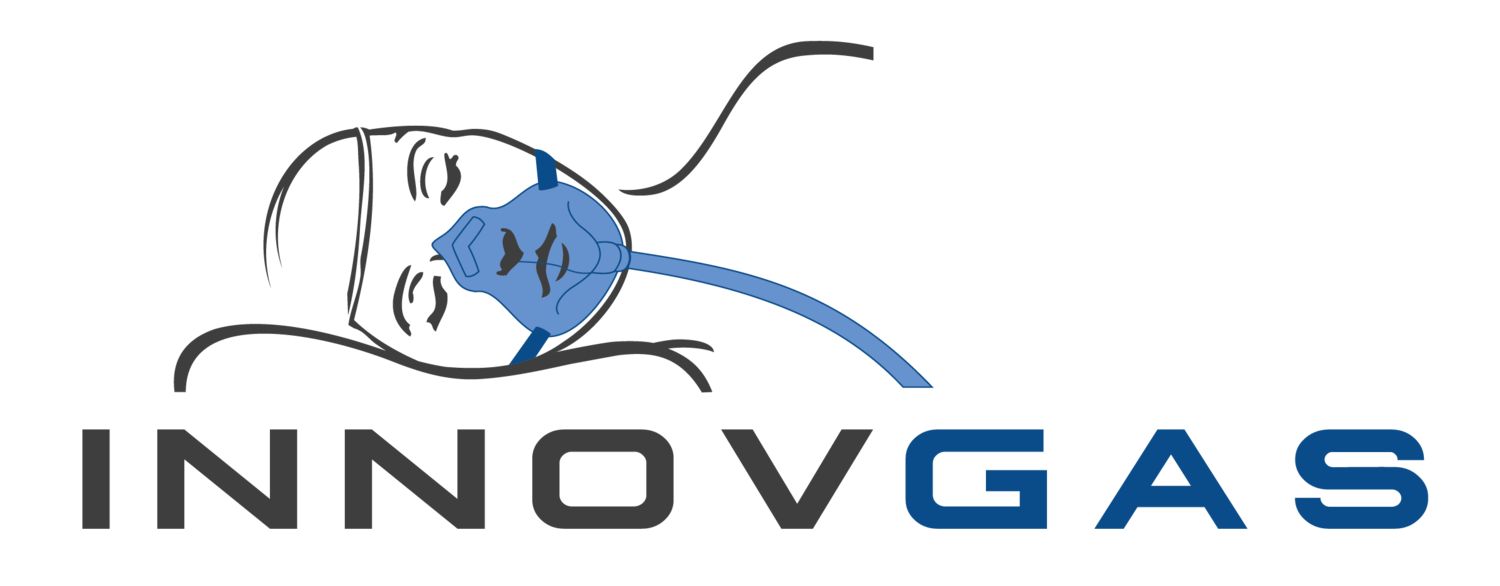It may have taken a long time, but it’s been worth the wait
The State of Anaesthesiology: A Global Perspective
According to the World Federation of Societies of Anaesthesiologists (WFSA), there are 133 societies representing anaesthesiologists from over 140 countries. However, the exact number of anaesthetists in the world is not readily available, as different countries may have different definitions and standards for the specialty. One estimate from 2010 suggested that there were about 600,000 anaesthetists worldwide, with a median density of 5.8 per 100,000 population. The number of female anaesthetists is also difficult to determine, as gender data is not consistently reported by all countries. However, some studies have indicated that women are underrepresented in anaesthesia leadership positions and face various challenges and barriers in their career development.
The Historical Underrepresentation of Women in Anaesthesia
Anaesthesia is a vital and diverse field of medicine that requires high levels of knowledge, skills, and professionalism. Anaesthetists play a key role in providing safe and effective care for patients undergoing surgery, intensive care, pain management, and other procedures. Anaesthetists also contribute to research, education, innovation, and advocacy in their specialty. If you search for the top doctors in the world of anaesthesia, they are all male. Some of the most prominent anaesthetists include Crawford Long, Robert Mackintosh, Bjorn Ibsen, Archie Brain, and John Pacey. So, where are the female anaesthetists?
Trailblazers in Female Anaesthesiology
There are good reasons why females have been historically under-represented. Historically medicine has been a male-dominated profession. The medical profession has existed for centuries and the first known administration of a gas for surgical pain relief occurred in 1842. Yet it wasn’t until 1865 that Dr Elizabeth Garrett Anderson became the first woman to qualify as a physician in the UK. The first female anaesthetist was Dr. Rupa Bai Furdoonji. She administered anaesthesia in Hyderabad, India between 1889 and 1917. Today, in most western countries, around 35% of anaesthetists are female. More importantly, many have and are being recognized for their leadership and contribution to research, education, and innovation.
Celebrating Female Anaesthetists Across the Globe
Notable Female Anaesthesiologists and Their Legacy
Dr Virginia Apgar was an American anaesthesiologist who developed the Apgar score, a simple and effective method to assess the health of newborn babies. She also founded the field of neonatology and advocated for universal vaccination and prenatal care. She was also a leader in the emerging field of anaesthesiology during the 1940s and in the new field of teratology (the study of birth defects) after 1960.
Dr Alice Magaw was an American nurse anaesthetist who worked with Dr William Mayo at the Mayo Clinic. She was known as the "mother of anaesthesia" for her expertise in administering ether and chloroform. She published several papers on anaesthesia techniques and safety, and trained many anaesthetists.
Dr Edith Potter was a British anaesthetist who served in both World Wars and became a pioneer in obstetric anaesthesia. She introduced the use of spinal anaesthesia for caesarean sections and conducted research on maternal mortality and morbidity.
Dr Mary Burnell was the first woman Dean of a specialty medical college faculty in Australasia, leading the Faculty of Anaesthetists at the Royal Australasian College of Surgeons from 1966 to 1968. She was also a pioneer in paediatric anaesthesia and a mentor to many young anaesthetists.
Dr Jenny Thompson is one of the most decorated Olympians in history, winning twelve medals, including eight gold medals, in swimming at four consecutive Summer Olympics. She also pursued a career in medicine and became an anaesthesiologist, specializing in paediatric anaesthesiology. She currently works at the Massachusetts General Hospital and is an assistant professor at Harvard Medical School.
Dr Joan Kelly was an anaesthetist at the Royal Liverpool University Hospital in the United Kingdom who had the highest of professional standards and never tolerated laziness or inferior clinical practice. She encouraged and supported many female trainees, including Dr Judith Dinsmore, who later became the President of the Association of Anaesthetists.
Dr Kathleen Ferguson was the first female President of the Association of Anaesthetists in the United Kingdom from 2018 to 2020. She advocated for women's issues in anaesthesia, such as flexible working, maternity leave, and career progression.
The WFSA highlights some of today’s female innovators, pioneers, and leaders and, taking inspiration from these early pioneers, they are to be found all over the world on every continent.
Global Innovations and Future Directions in Anaesthesia
One final innovator and pioneer I want to mention is our very own Dr. Andrew Wallis, the founder of Innovgas. He works as a regular anaesthetist in Australia where he has patient lists most days. It was through this day-to-day work, together with his curious and innovative mind, that led him to invent our extraordinarily successful products EyePro, NoPress, and BiteMe. He considers every aspect of his interaction with his patients and thinks how it could be safer for the patient. And there’s more to come from Innovgas as we strive to improve our patient’s anaesthesia experience.
Author: Niall Shannon, European Business Manager, Innovgas
This article is based on research and opinion available in the public domain.
Interested in a Free Sample?
Free samples of NoPress, EyePro & BiteMe available upon request.
Conditions apply.





